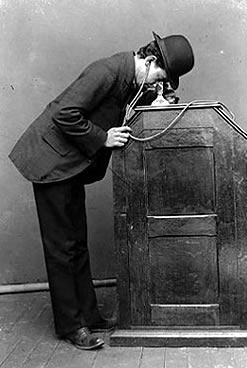Persistence of vision
The persistence of vision is just how well you can visually see the animation or stop motion and how smoothly and clearly it is. If more frames are used the animation will run alot smoother, each frame should stay in the memory for 1/10 of a second then the next frame should appear. If the animation accomplishes this effectively the audience will be impressed as the video will look amazingly smooth and be more enjoyable to watch as a jumpy less clear video which is what you would get if you didn't stick to the rule of each frame appearing for 1/10th of a second.Frame Rate
The frame rate is very important when making a animation video as it determines how well the video runs and how smooth it looks to the audience. 60 frames per second is what the human eye is maximised to so there is no need to go over that at all as if won't effect how it looks and frames will be wasted. So if you wish to have the best outcome on any animation 60 fps (frames per second) is recommended. 30 frames per second can also be used but is no where near as effective and nowadays is never seen only on very rare occasions or when watching a old animation. Frame rate overall is just how fast each frame is shown and at which rate they are shown.
Stop Frame
Stop frame is the term usually used when talking about just one frame from a sequence. So for example if you are watching a stop motion animation and you pause the video you will be looking at one frame that is one of 60 making up only one second of actual smooth video. Stop frames are very important as each one should ever so slightly be changed so that the animation has the best outcome. If the creator makes sure each frame is perfect the animation will run much smoother and audience will see the difference and benefit from the high quality illusion of movement that each frame playing at 1/10s shows when put together.
Storyboards
Storyboards are key when making a successful and effective animation. Before hand you should have a good idea in your head of what your animation is going look like and how the story will pan out. A quick mind map or list of the things involved would help as you could re read it back when creating your storyboard to refresh the memory. When actually making the storyboard you should be thinking about all the different frames and what different views the audience would see the animation from.


